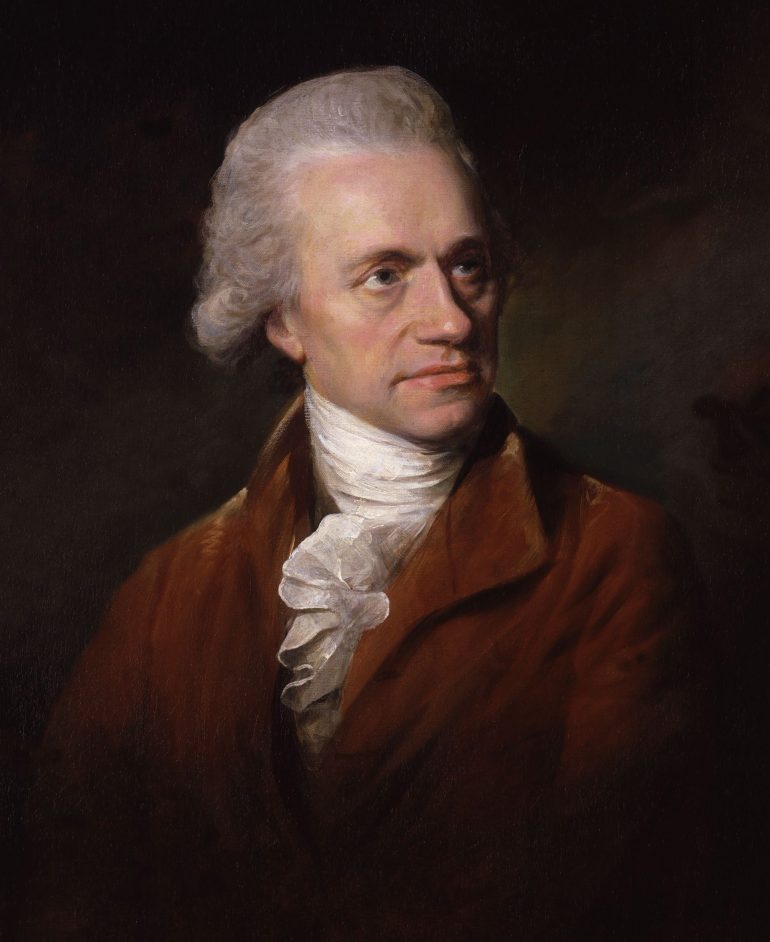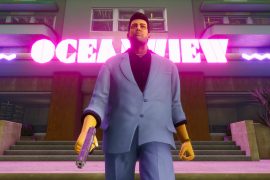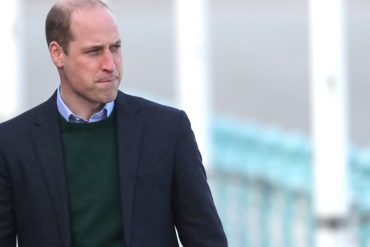
Herschel settled in Bath, worked there as an organist and music teacher, and devoted himself more and more to astronomy. Unable to buy a good telescope, he learned telescope manufacturing skills himself.
Herschel made the largest mirrors of that time. He observed nebulae and comets with his sister, Caroline Lucretia, and found that the companions of binary star systems orbit each other.
In March 1781 he observed an object that was not on a star chart and which appeared in binoculars not as a dot but as a small disk. Herschel had discovered the planet Uranus – the first expansion of our planetary system since the first humans had seen the sky.
In 1800 he experimented with a prism that separated sunlight into its colours. He put a thermometer in the area beyond the red light – the temperature was rising, even though there was no longer any light.
Herschel correctly concluded that there must be intense radiation beyond red light – infrared radiation was discovered.
The Hanover astronomer died in England 200 years ago today. A few years ago, ESA’s largest infrared satellite was named Herschel in his honor.

Internet fan. Alcohol expert. Beer ninja. Organizer. Certified tv specialist. Explorer. Social media nerd.





